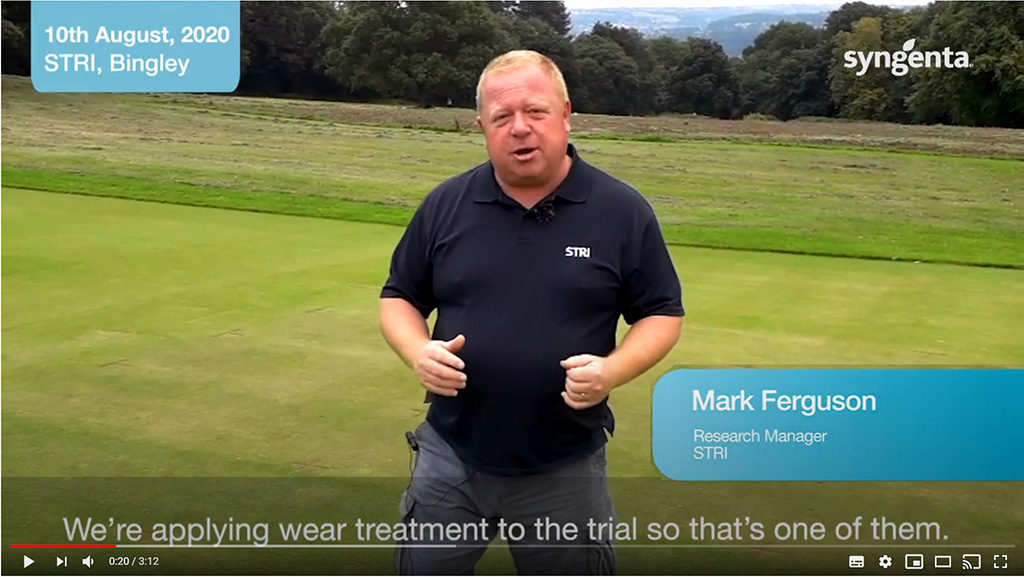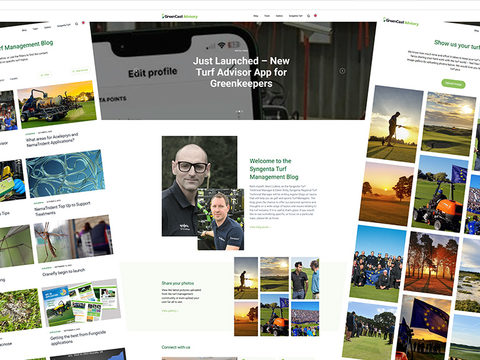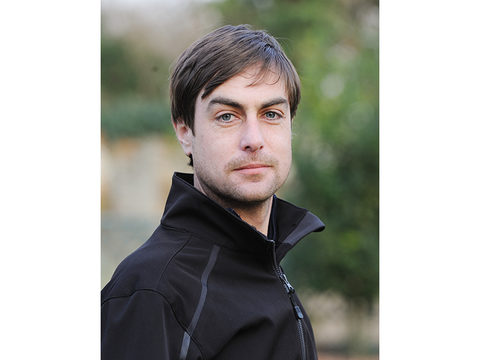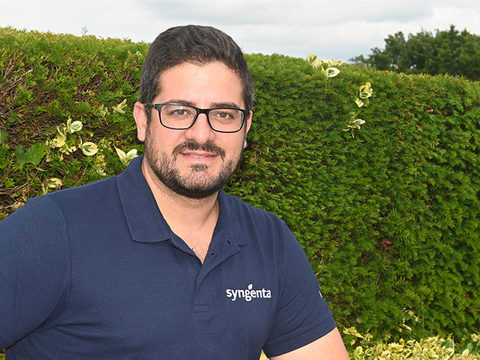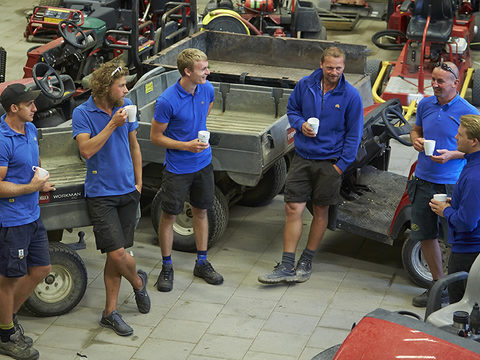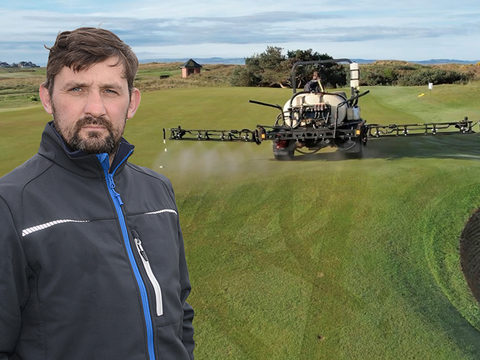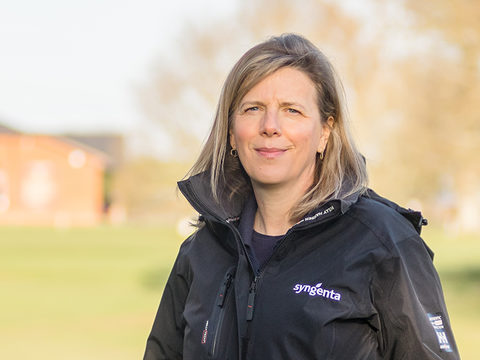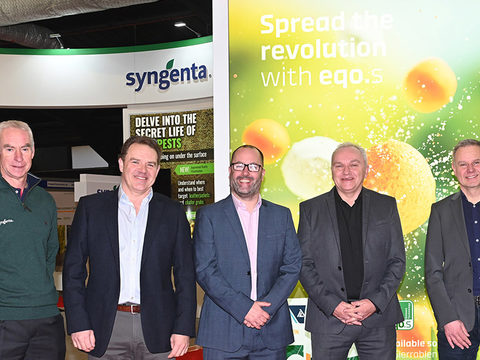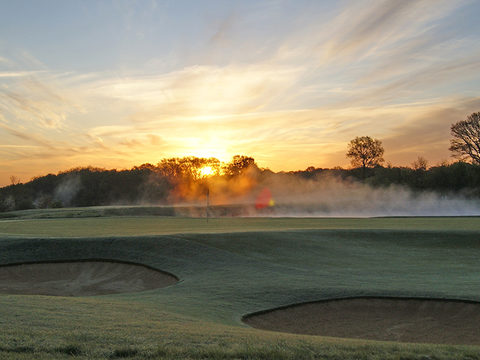GDD intervals examined - Unlock & Play Trial update
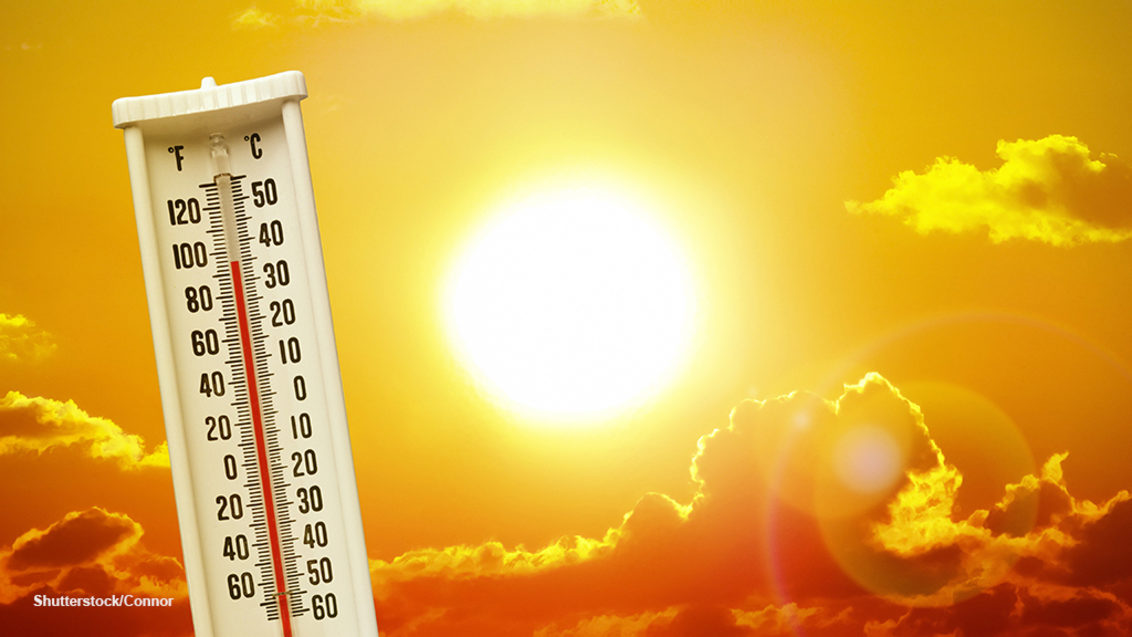
The hot weather of the last few weeks has seen a rapid increase in Growing Degree Days, which has raised a discussion point for the Syngenta Unlock and Play trial - investigating the impacts of integrated turf management techniques on summer stress under wear conditions.
Growing degree day (GDD) models use a calculation based on daily temperature differences, taking into account high and low temperatures compared to a baseline temperature. In effect, in warmer weather, more GDDs are accumulated each day, reports STRI Research Operations Manager, Dr Christian Spring.
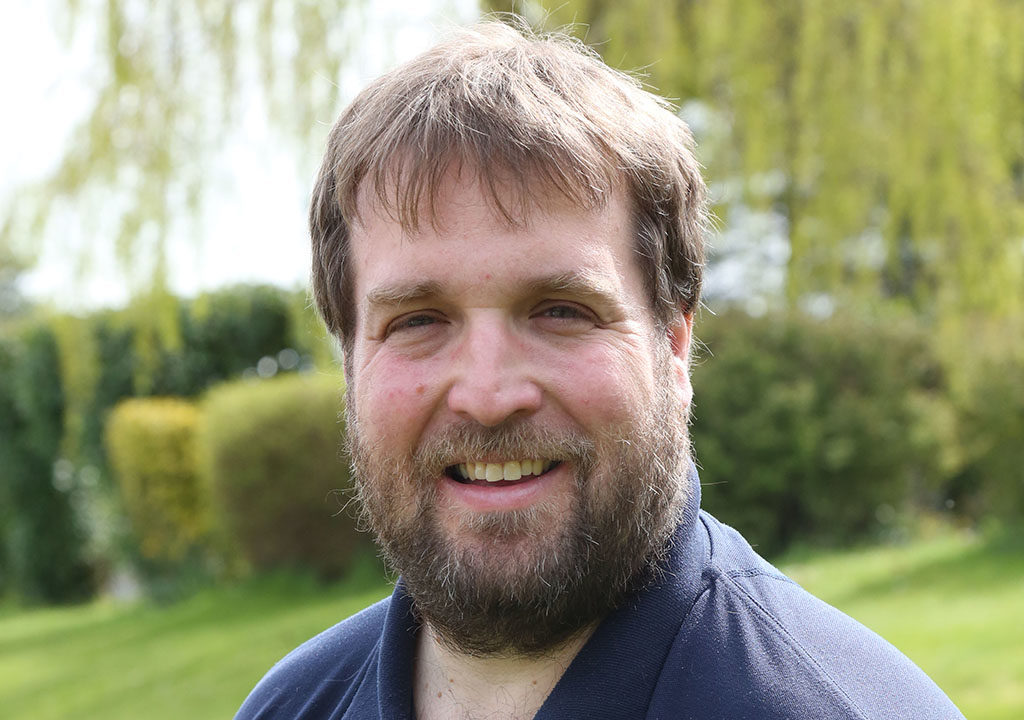
GDD models are used as a guide to target applications of products more precisely to when they are required. They are beneficial because they can improve results and potentially save money, compared to routine applications that are based on set time intervals.
When the original Lockdown Trial began, back in April, it was taking approximately 14 days to achieve 50 GDD and 28 days to achieve 100 GDD. In the warm spell we have experienced, even in Yorkshire, we are achieving 50 GDD in 5 days and 100 GDD in 10 days.
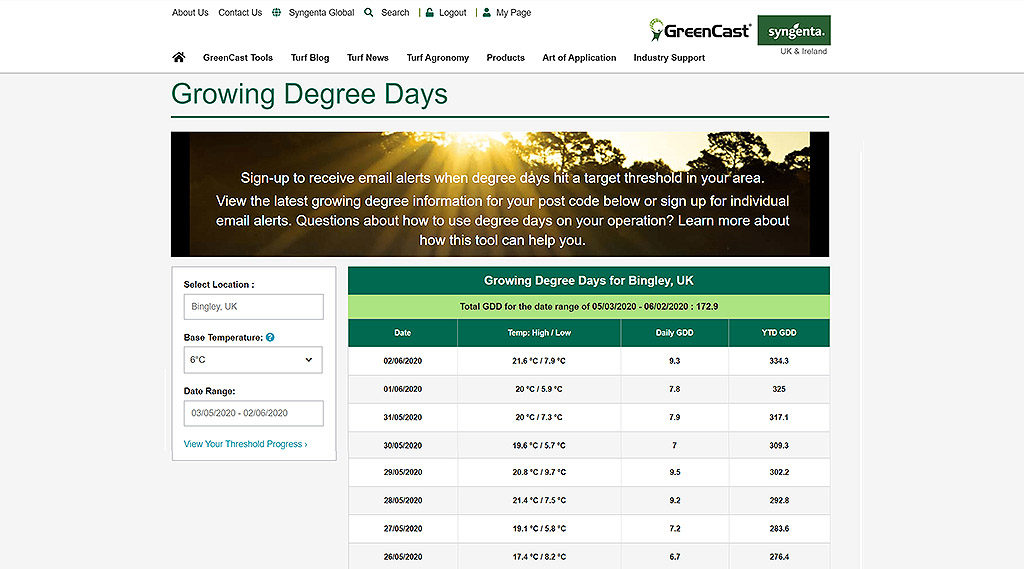
Whilst in recent weeks 50 GDD had been equivalent to the 7-day Primo Maxx application programme, it has now overtaken it.
Where a product’s effect is influenced by the rate of the plant’s growth, or the effects of climatic conditions, GDD can better reflects the effects in tailoring the required application timing.
However, as experienced in the trial with the recent heatwave, it is possible that some turf surfaces are suffering from heat stress and growth will naturally slow down, despite the higher temperatures.
Read Glenn Kirby's GreenCast Advisory Blog to find out the implications for your course
Consistent temperatures over 30 degrees will often see growth rates of cool season grasses fall away.
GDD models do not always take this into account, like all models they should be approached with a degree caution.
In practice, the positives of GDD outweigh the negatives and new models are being developed all the time.
For this trial we have used the Greencast GDD model and it has proved very reliable and helped us to achieve positive results timing PGR applications.
Results from the trial work continue to provide interest. Primo Maxx applications have continued to regulate growth and evenness of turf and combined with Ryder have increased turf greenness significantly, compared to trial plots treated with standard management alone.
Watch Mark Ferguson of STRI explain how GDD is working on the Unlock & Play trial
Trial objectives
The Unlock and Play trial, conducted on behalf of Syngenta, with support from ICL, has evolved from the original Lockdown Trial earlier this season. The new trial is examining integrated turf management techniques and their impact on summer stresses such as simulated golf wear, drought, heat, and light stress. The trial is running during summer, when play on golf courses is at its peak.
The Primo Maxx II programme used in the lockdown trial continues:
- No Primo Maxx II
- Primo Maxx II applied @ 0.4 l/ha every 7 days
- Primo Maxx II applied @ 0.4 l/ha every 50 GDD
- Primo Maxx II applied @ 0.4 l/ha every 100 GDD
In addition to this, a summer stress management programme is being applied to trial plots in combination with standard management and compared to standard management alone.
- Standard management: Qualibra applied monthly @ 20 l/ha and ICL Greenmaster Liquid 25.0.0 applied at low rates 19 l/ha every fortnight.
- Summer stress management programme: Syngenta bio-stimulant @10 l/ha, ICL Sportsmaster WSF Seamax @ 1 kg/ha and Ryder @ 0.5 l/ha. Applied every fortnight.
The products in the summer stress management programme have been chosen because they are able to improve turf health and wear tolerance without applying an excess of nutrient to turf.
No irrigation will be applied to the trial area, but it will be left uncovered to the elements. Simulated golf wear will be applied weekly to replicate a busy golf course.
Visual assessments of turf quality, colour, live grass cover and evenness are being made weekly along with measurements of sward height, NDVI and light intensity.
Along with commentary trial and provision of real time results to aid ongoing management decisions, video updates are being produced that focus on the different stresses and approaches to combat each form of stress.
The picture is likely to change over the coming week with the possibility of thunder showers and heavy rain coupled with continued hot weather.
Watch this space for further details.

